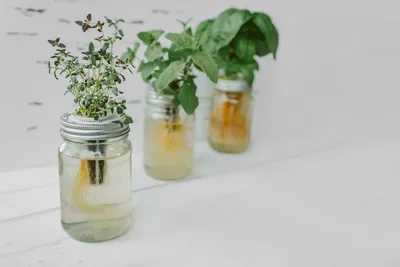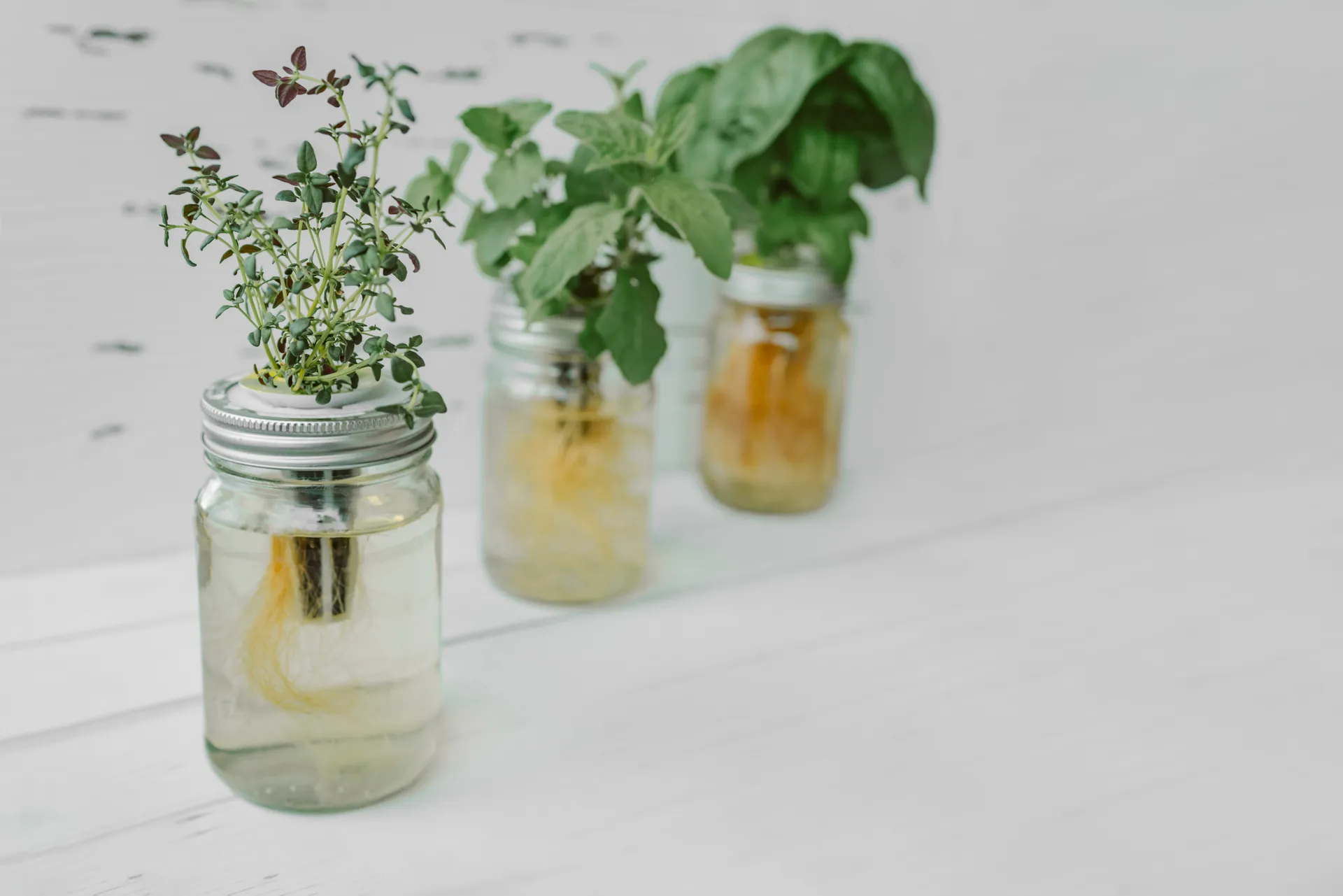Your garden can survive with very little water
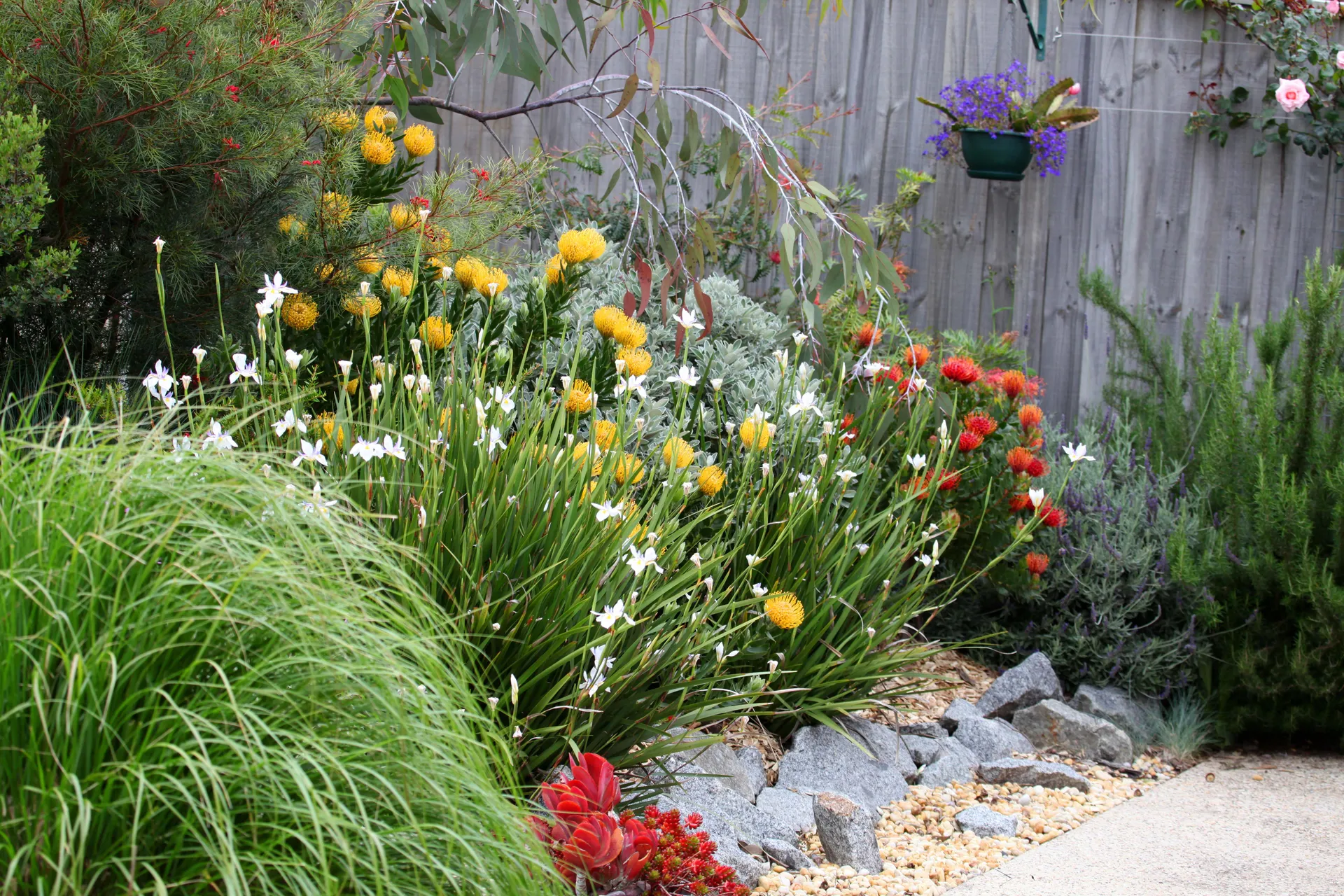
A water-efficient garden is designed to meet your lifestyle needs without wasting water, regardless of your local climate. Water-efficient gardens often require less maintenance and reduce water bills and garden running costs. Your garden can survive with very little water if you follow these simple practices.
Garden planning
Good planning and design of your garden—whether new or a renovation—will ensure it is not only practical and enjoyable but also water efficient.

Start with a plan:
- Draw a scaled plan of your property.
- Consider natural characteristics such as drainage, wind, direction of sun, views, areas requiring screening and noise.
- Plan what the different areas will be used for.
- Decide what you want to keep in your garden and what needs to go.
- Determine how much maintenance will be required.
Include shaded areas and windbreaks
Shaded areas make your garden more water efficient. Shade from trees or structures help reduce water loss through evaporation and help create a comfortable living environment. Identify areas where shady trees, shade sails, pergolas or other structures could be incorporated into your plan. Strong winds can increase evaporation so consider providing windbreaks to protect your plants.
Establish water use zones
Group plants according to their water requirements so you only need to water smaller, defined sections of your garden.
High water use zones include small, highly-visible areas such as the front garden and the area around the patio. In these areas, plants are watered regularly if there is no rain. Try to keep high water use zones to a minimum.
Moderate water use zones include areas with established plants that require watering only when plants show symptoms of moisture stress, such as wilting or changing colour.
Low water use zones include areas with plants that can survive on natural rainfall alone. Examples include native bushland, well established trees or natural turf areas. Try to position low water use plants in the most exposed and warmest part of the yard.
Plant selection
There are many native and exotic plants that look great and thrive in low-moisture environments. To find water-efficient plants suited to your local area, contact a nearby nursery or see if your local council has information on waterwise plants.

When buying plants, look for ones with water-saving features such as:
- small leaves
- light coloured leaves
- sparse or protected pores in the leaf surface
- hairy or tough leaf surfaces
- internal water storage in stems, trunks or roots
- deep root systems
- strong internal structures.
The ‘Waterwise plant selector’ is an online tool that can help you find water-efficient plants suited to your location and climate. It is available on the Australian Institute of Horticulture website.
Improve your soil
The key to establishing and maintaining a water-efficient garden is understanding your soil. Soils with high water-holding capacity, ample depth, effective infiltration and good drainage need less frequent watering and make best use of available rainfall.

Firstly, determine the soil type based on its texture
- There is a simple test you can use to check the soil’s texture: Gather a handful of soil, then add water gradually and mix it together in your hand until it forms a ball. (If it becomes so wet it sticks to your fingers, add some dry soil.)
- Slowly squeeze the soil between your thumb and forefinger to form a sausage shape.
- Examine the mixture:
- If the shape remains firm and will bend like plasticine, it is a clay soil
- If the soil crumbles and you can feel and see sand in it, it is a sandy soil
- If it holds together but is still slightly crumbly, it is a loam soil
Clay soils
Some clay soils (black, red and grey topsoils) are rich in nutrients and hold water well. Others, usually lighter coloured soils, tend to be less fertile and water permeable and can become compacted and waterlogged. To improve structure and increase water and nutrient availability, cultivate the soil to a depth of 30 centimetres if possible (ensure the soil is not very dry or very wet when you do this). Some clay soils benefit from adding gypsum or dolomite at this stage. Next, dig in plenty of organic material such as compost, mulch or manure, then add a layer of organic mulch.
Sandy soils
While these soils have low moisture and nutrient-holding capacity they are usually well aerated and easy to cultivate. They can be hard-setting with poor infiltration once they have dried out, so using a wetting agent may help. To improve the soil, ensure it is moist but not wet and cultivate it to a minimum depth of 30 centimetres. Add plenty of organic matter and dig it in well.
Loam soils
The term ‘loam’ refers to any soil that is between sand and clay soils. Loams are considered to be the best soils for growing plants. Like all soils, loams can be improved and maintained by adding organic matter such as compost, mulch and manure. Applying wetting agents may also help loam soil better absorb water.
Use mulch
Using mulch liberally and regularly helps retain soil moisture. It does this by reducing evaporation, restricting weed growth and improving soil structure as it breaks down. It also improves plant growth by providing insulation for plant roots. Choose the right mulch There are many different types of mulch to choose from. Organic mulch, such as sugar cane mulch or pine bark, will decompose over time and help improve your soil. Organic mulch should be reapplied frequently, preferably in autumn and spring, to replace the broken-down mulch.

Prepare for success
For the best results, prepare the soil by removing weeds, raking or digging the surface and watering the remaining plants. Place a layer of newspaper over the soil to deter weed growth, but make sure it’s not too thick as it will reduce air supply to the soil.
Be sure to keep the mulch about 6 to 7 centimetres clear of plant stems or they may rot. The ideal thickness of the mulch layer depends on the particle size of the mulch material. If using large chunks, such as pine bark, a deeper layer (more than 5 centimetres) is needed. Mulch made of fine particles is more prone to compaction so it should be applied in a thinner layer.
Watch for nitrogen deficiency
As organic mulch decomposes it can draw nitrogen from the soil. Watch your plants for signs of nitrogen deficiency (usually indicated by yellowing of the lower leaves) and use a nitrogen-rich fertiliser if needed.
Watering tips
The amount of water your garden needs depends on many factors—plant variety, soil type and depth, slope of the land, presence of shade, exposure to wind, and rainfall patterns. By following a few simple guidelines you can save water and enjoy a sustainable, water-efficient garden.
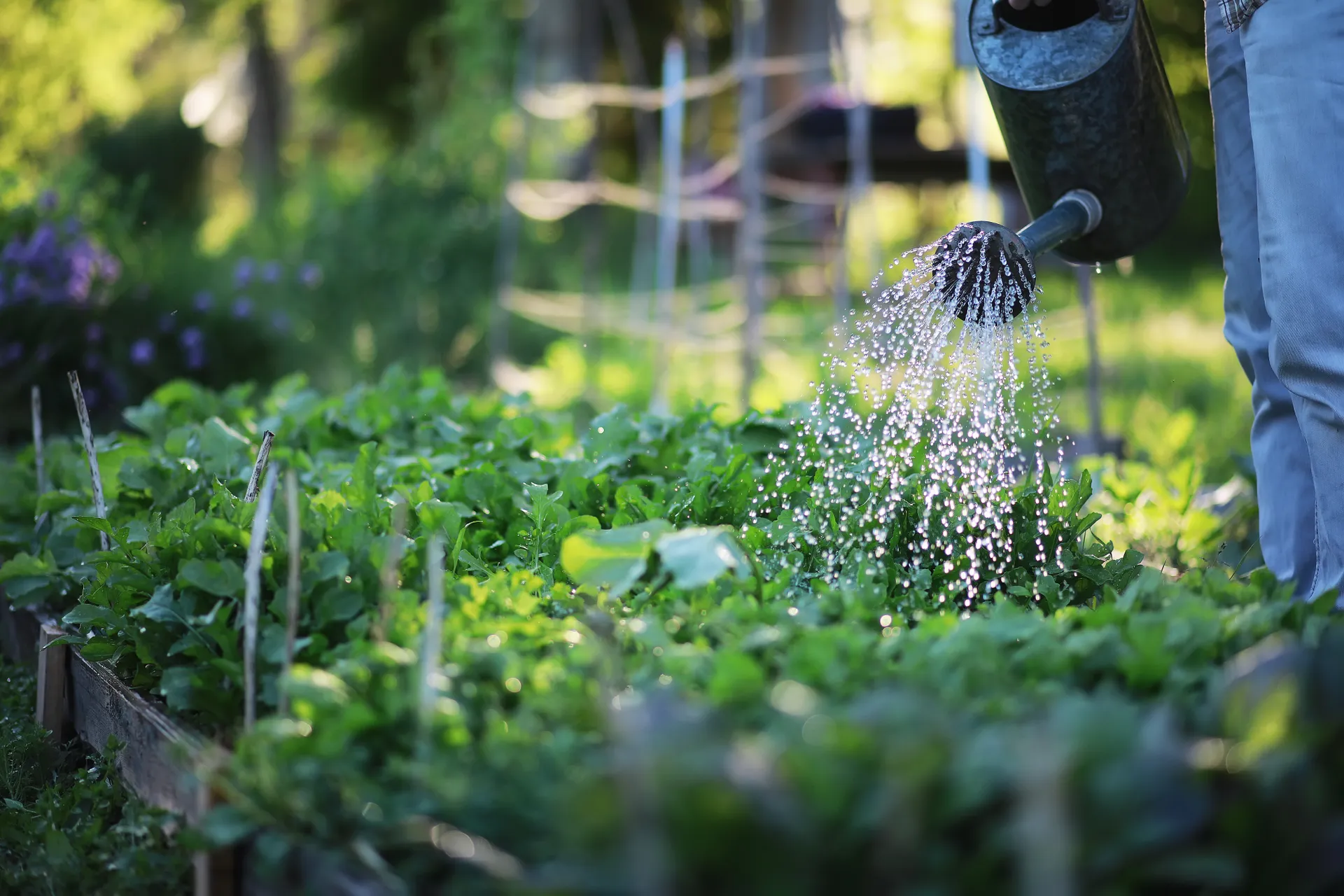
Water only when your garden needs it
Don’t overwater your garden. Waterlogged soil encourages the growth of bacteria and fungi which can cause plant disease.
Let your plants indicate when they are in need of water, then apply enough water to replenish the soil profile, ensuring the amount is adequate to reach the plant root zones. Thorough but infrequent watering encourages plants to develop deeper root systems, giving them inbuilt drought protection. This works for lawns as well as garden plants. Avoid watering in the middle of the day when evaporation is high.
Water deeply to encourage deep root growth
Each time you water your garden be sure to apply enough water to penetrate the root zone. Frequent shallow watering causes plants to grow shallow roots, leaving them more susceptible to disease.
Watch the weather
Rainfall is a free and easy way to water your garden. Be aware of your local water restrictions and only water your garden when permitted.
Irrigation systems
It may be worth investigating whether a water-efficient irrigation system would be suitable for your needs.
Seek advice to ensure you install a system that is right for your soil type, climate conditions and lifestyle, and meets local council requirements.
Lawn care
Follow these tips to grow a healthy lawn without wasting valuable water.
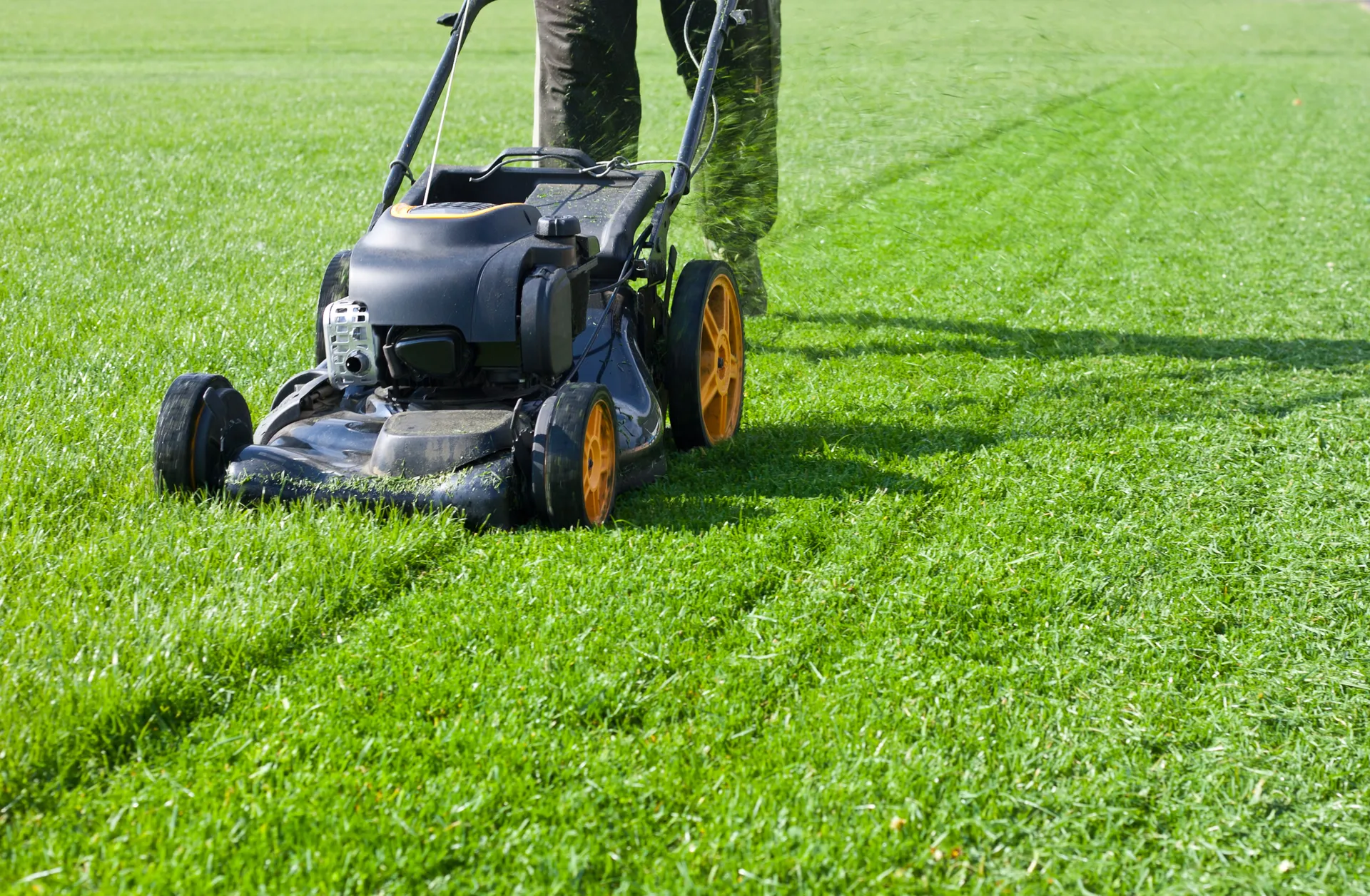
Select the right turf
When laying new turf or reseeding existing turf be sure to use a species that tolerates dry conditions and is appropriate for your soil type. There is an ever-increasing range of turf types suitable for the Queensland climate. Water only when needed Lawns can be trained to survive on minimal water.
Delaying watering and mowing will help the lawn establish a strong root system. Overwatering is bad as it can contribute to the development of fungus and disease. When you do water your lawn be sure to apply enough water to penetrate down to the root zone.
Mow with care
To avoid ‘scalping’ your lawn, mow it on a setting of at least three centimetres. This will minimise evaporation from the soil underneath and ensure the roots are sheltered from the harsh sun.
Regularly check your mower blades for wear as grass will lose less water if it is cleanly cut rather than torn by blunt blades.
Lightly fertilise
Too much fertiliser encourages excessive growth and water use. Aerating your lawn once a year can increase the rate at which it absorbs water.
This guide was re-purposed from the Department of Resources
More information
Other water efficient gardening guides are available from the Department of Energy and Water Supply www.dews.qld.gov.au or from Smart Approved WaterMark. Contact your local council or water service provider for more information and to check whether any water restrictions apply in your area.
Queensland Government waterwise resources
Categories:


